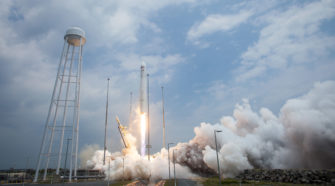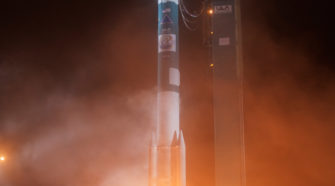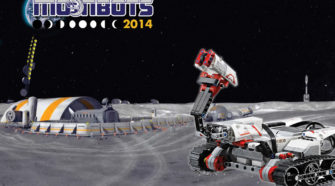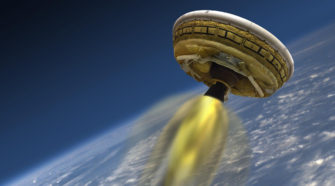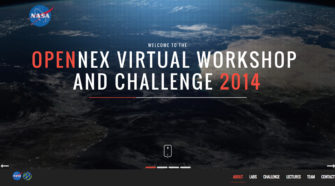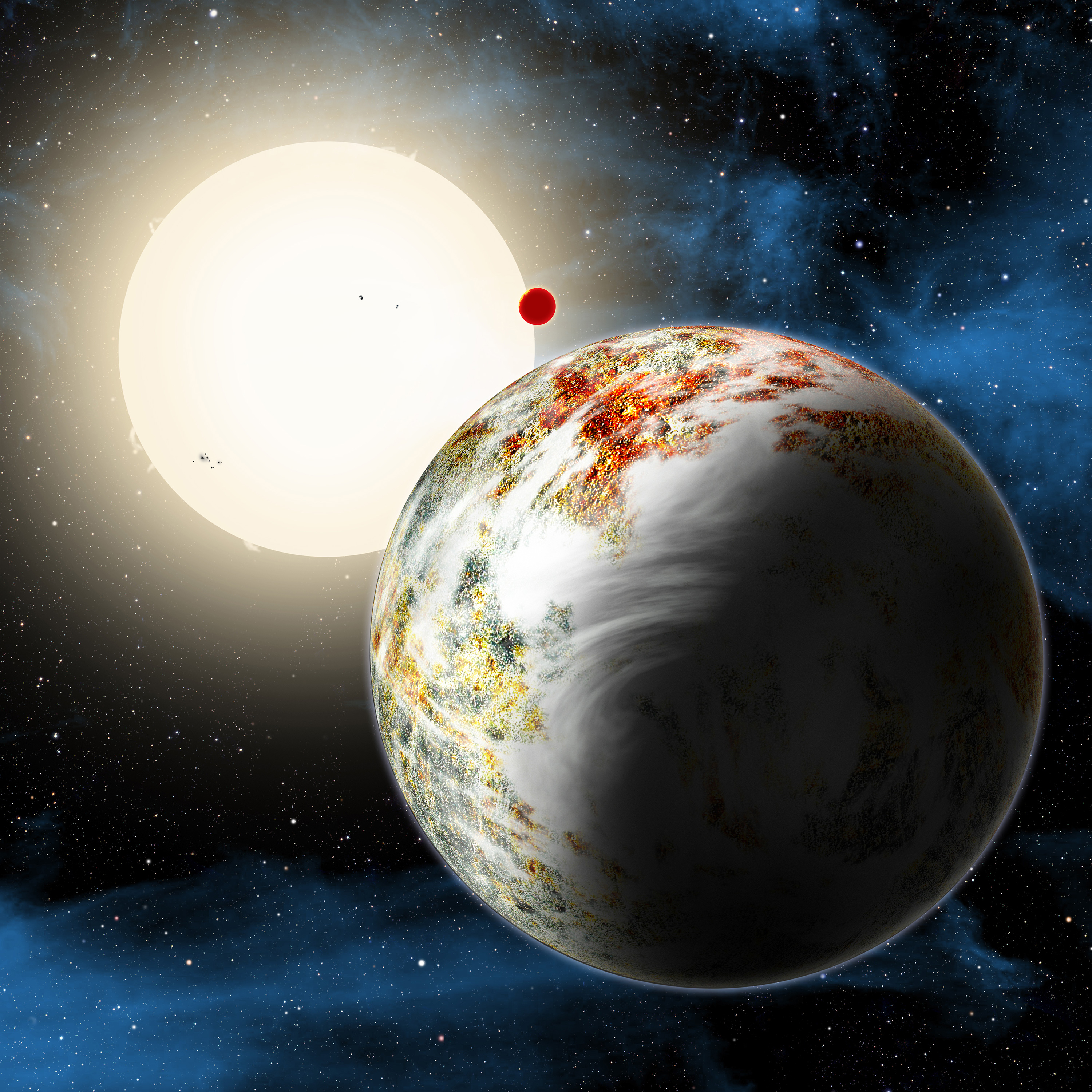Antares rocket launches cargo to space station
A multitude of NASA research investigations, crew provisions, hardware and science experiments from across the country is headed to the International Space Station aboard Orbital Sciences Corp.’s Cygnus spacecraft. The cargo craft launched aboard Orbital’s Antares rocket from NASA’s Wallops Flight Facility in Virginia on July 13, 2014. The mission is the company’s second cargo delivery …
OCO-2 studying the atmosphere
A United Launch Alliance Delta II rocket carrying the Orbiting Carbon Observatory-2 (OCO-2) payload for NASA lifts off from California. This launch marks the 51st Delta II mission for NASA and Delta II’s return to flight. Orbiting Carbon Observatory-2 (OCO-2) will be NASA’s first dedicated Earth remote sensing satellite to study atmospheric carbon dioxide from …
MoonBots Challenge inspiring kids
The MoonBots Challenge is an interactive competition that emulates the real Google Lunar X Prize and increases students’ interests in STEM (Science, Technology, Engineering and Math). The challenge is considered a “game of skill” and is designed to help youth teams learn how to produce videos, create digital platforms, design playfields, program Lego Mindstorms robots, …
NASA testing ‘flying saucer’ over Hawaii today
Mission managers are proceeding with preparations for a launch attempt this morning (Saturday, June 28) of a high-altitude balloon carrying the Low-Density Supersonic Decelerator (LDSD) test vehicle to the edge of space. The test flight is being conducted from the U.S. Navy’s Pacific Missile Range Facility in Kauai, Hawaii. At present, weather conditions are favorable as the balloon …
NASA launches Earth science challenges for general public
NASA is launching two challenges to give the public an opportunity to create innovative ways to use data from the agency’s Earth science satellites. The challenges will use the Open NASA Earth Exchange. OpenNEX is a data, supercomputing and knowledge platform where users can share modeling and analysis codes, scientific results, knowledge and expertise to …
Astronomers find a new type of planet: The ‘mega-Earth’
Astronomers announced today that they have discovered a new type of planet – a rocky world weighing 17 times as much as Earth. Theorists believed such a world couldn’t form because anything so hefty would grab hydrogen gas as it grew and become a Jupiter-like gas giant. This planet, though, is all solids and much …

